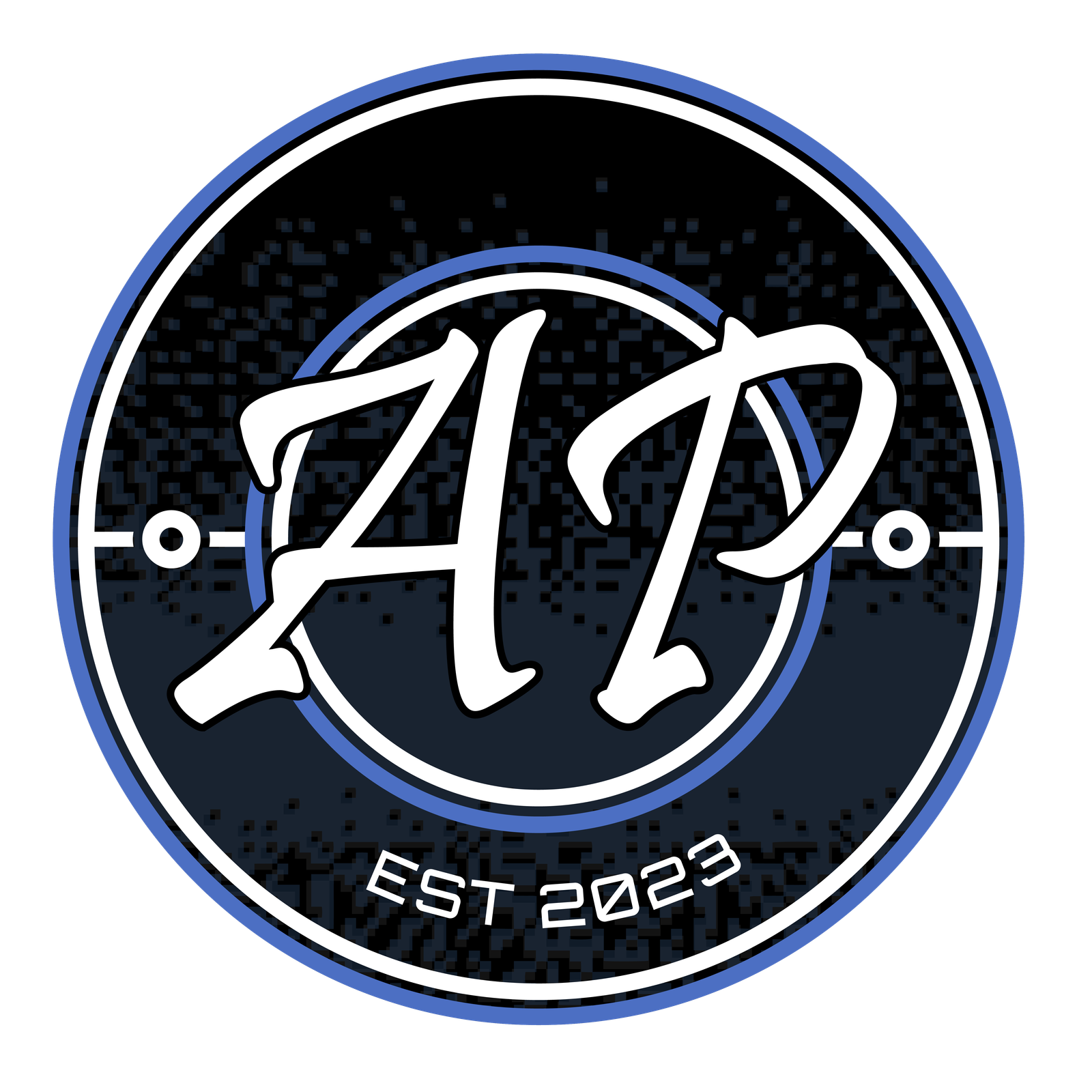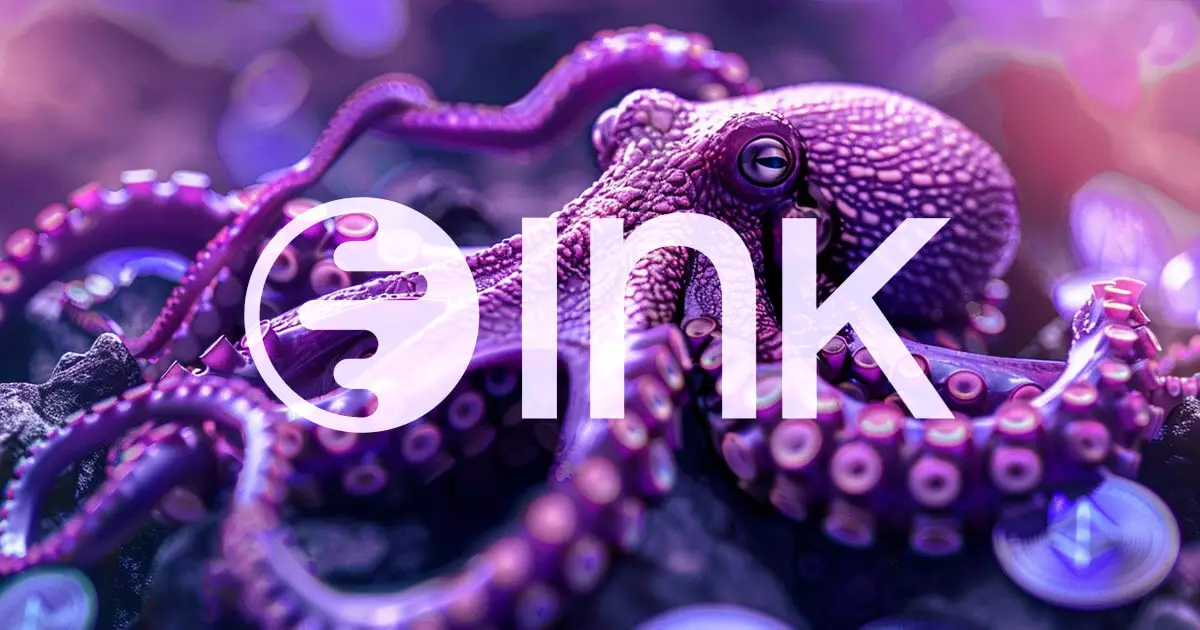On October 24, Kraken, one of the notable players in the cryptocurrency exchange landscape, unveiled its ambitions with the introduction of Ink, an innovative layer-2 network built on the Optimism Superchain. This initiative signifies a turning point for Kraken, as it aims to transition from a traditional centralized exchange model to a decentralized, user-driven framework that enables trading, borrowing, and lending of tokens without the reliance on intermediaries.
Ink’s emergence is attributed to its founder, Andrew Koller, who aims to foster a collaborative ecosystem involving developers and the broader community. Koller emphasizes that Ink represents an accessible on-chain future, with interoperability at its core. The platform’s forthcoming testnet is expected to launch later this year, while a full rollout for both retail and institutional users is set for early 2025. This gradual rollout illustrates a cautious strategy aimed at cultivating a robust and user-friendly environment, catering to both seasoned investors and newcomers alike.
Kraken’s decision to leverage the Optimism Superchain is strategic. By associating with this framework, Ink benefits from the security and scalability inherent in Ethereum’s ecosystem. The Superchain is designed to unify various blockchains under a shared governance and security model, which enhances the overall scalability of Ethereum. This move positions Ink favorably within a growing group of crypto platforms—such as Coinbase and Uniswap—that are employing similar layer-2 technologies to enhance their services.
Despite the promising developments with Ink, it’s important to acknowledge the competitive nature of the layer-2 space. As highlighted by DeFillama data, Arbitrum continues to dominate the layer-2 sector. For Ink to successfully carve out significant market share, it will need to differentiate itself from established networks. However, aligning with the Optimism Superchain could provide the necessary leverage to achieve competitive advantages moving forward.
The launch of Ink coincides with broader growth strategies at Kraken. The recent introduction of kBTC, a wrapped Bitcoin product, enhances the exchange’s presence in decentralized finance (DeFi). This product’s 1:1 backing by Bitcoin held in Kraken’s custody further instills trust and reliability. Additionally, the integration of EigenLayer for ETH restaking underscores Kraken’s commitment to providing its users with innovative tools that cater to the evolving market demands. Furthermore, the establishment of a derivatives trading platform in Bermuda marks another significant step in Kraken’s ongoing expansion.
Kraken’s launch of Ink is indicative of a broader evolution within the cryptocurrency landscape, where centralized exchanges are seeking to adapt and thrive in a world increasingly dominated by decentralized finance. By prioritizing user engagement and security through innovative technology, Kraken aims to solidify its competitive standing in the industry. The future of Ink, while filled with challenges, holds great promise for shaping the next phase of DeFi, particularly through its focus on community collaboration and user-centric solutions.









